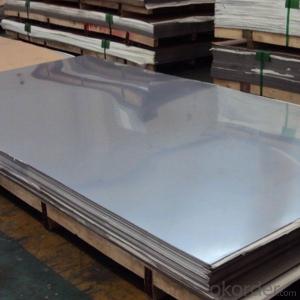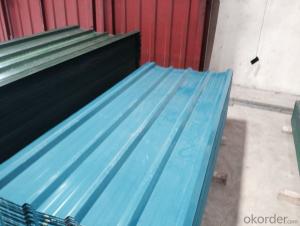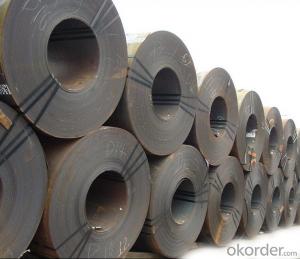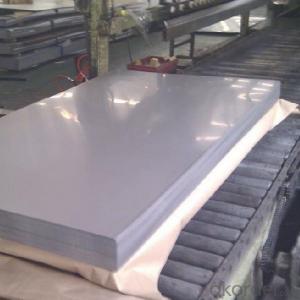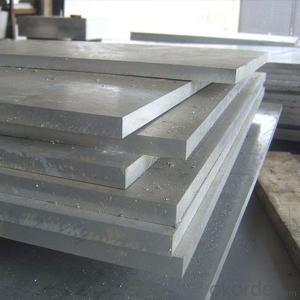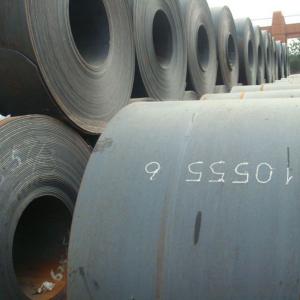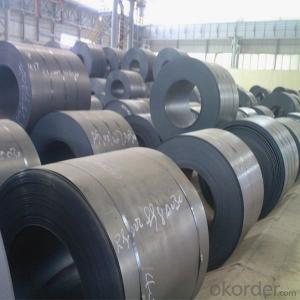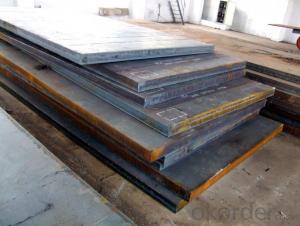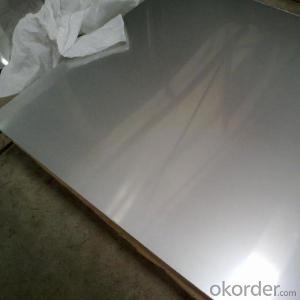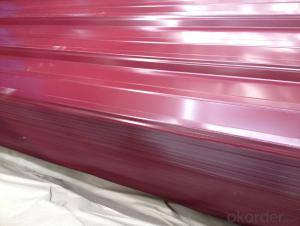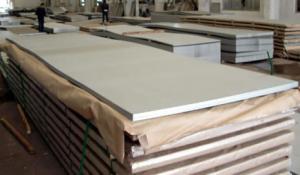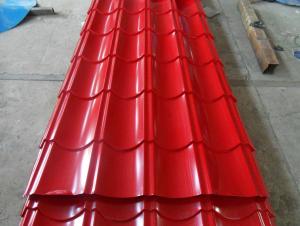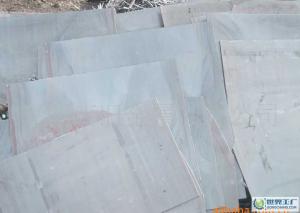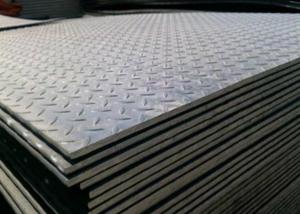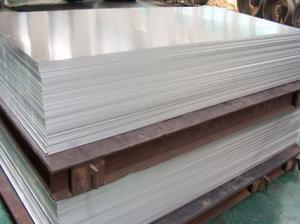Hot Rolled Plate Steel Cheap Price 2016 New Desigh
- Loading Port:
- Tianjin
- Payment Terms:
- TT OR LC
- Min Order Qty:
- 25 m.t.
- Supply Capability:
- 10000 m.t./month
OKorder Service Pledge
OKorder Financial Service
You Might Also Like
Specification
DESCRIPTION:
GRADE: SS400, ASTM A36, A572, ST37,ST52, Q195, Q215, Q235,Q345, S235JR etc.
STANDARD: GB/T709-2006, ASTM A36, JIS G3101, DIN EN 10025, SAE 1045, ASTM A570
SPEC: 1)Width: 600-2500mm or 1000,1050,1250,1500,1800,2000mm
2)Thickness:1.5mm-200mm or as customers’ special requirements;
3)Length: 2-12m or as customers’ special requirements
PACKING:
1.Big thickness:by bulk vessel
2.Small thickness:packed by steel strips and shipped by container
3.According to the requirements of customers'
TRADE TERMS :FOB, CFR, CIF
DETAILED PICTURES FOR STEEL COILS
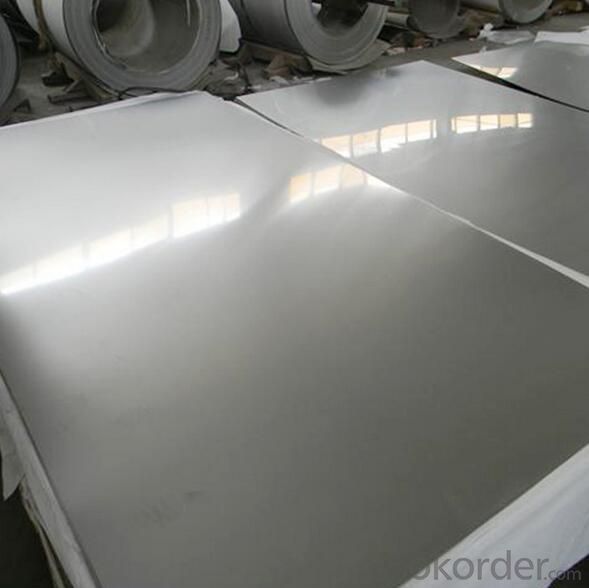
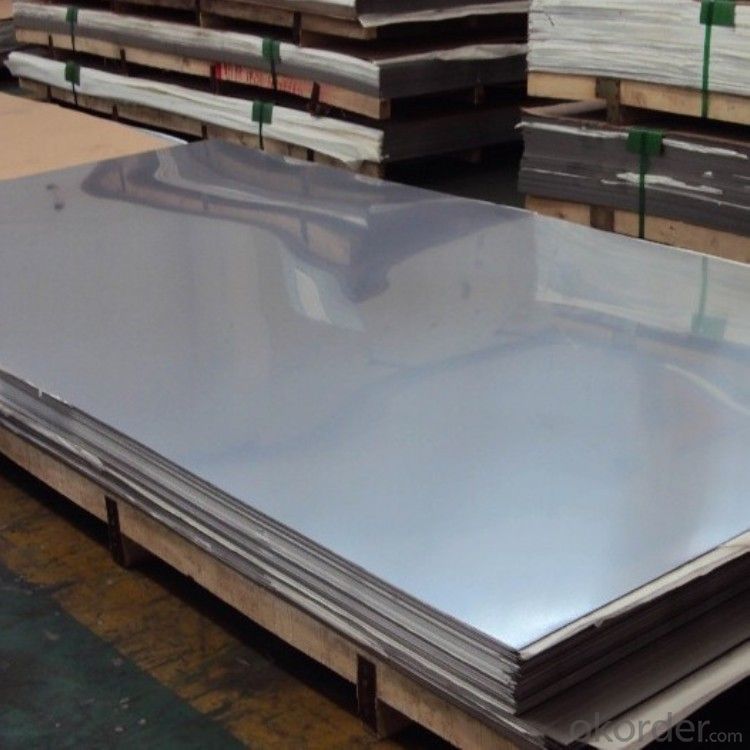
FAQ:
Q:Do you have OEM service?
A: Yes.Variety of products size,quality and quantity can be customized according to your need.
Q:Could you support free sample?
A:Yes.We can supply FREE samples.But the delivery charges will be covered by our customers.
Q:How about the delivery time?
A:Within 15-30days after receiving the deposit or L/C at sight.
- Q: Can the steel sheets be used for storage cabinets?
- Yes, steel sheets can be used for storage cabinets as they are durable, strong, and provide excellent protection for stored items.
- Q: Can steel sheets be used for manufacturing HVAC systems?
- Yes, steel sheets can be used for manufacturing HVAC systems. Steel is a durable and versatile material that is commonly used in the construction of HVAC components such as ductwork, heat exchangers, and air handling units. It provides strength, resistance to corrosion, and thermal conductivity, making it suitable for HVAC system fabrication.
- Q: Can the steel sheets be used for medical equipment?
- Yes, steel sheets can be used for medical equipment as they offer durability, corrosion resistance, and ease of cleaning, making them suitable for various applications in the medical field.
- Q: Are the steel sheets resistant to oil or grease?
- Yes, steel sheets are generally resistant to oil or grease. Steel is known for its durability and resistance to various chemicals, including oil and grease. The smooth surface of steel sheets makes it difficult for substances like oil or grease to adhere to them, allowing for easy cleaning and maintenance. Additionally, steel sheets can be further treated or coated with protective materials to enhance their resistance to oil or grease if required.
- Q: What is the average yield strength of steel sheets?
- The specific grade and thickness of steel being used can cause variations in the average yield strength of steel sheets. Typically, the average yield strength of steel sheets falls between 250 and 600 megapascals (MPa). It is worth noting that different steel grades, such as mild steel, high-strength low-alloy (HSLA) steel, or stainless steel, will have different average yield strengths. Furthermore, the yield strength of a steel sheet can be affected by its thickness, with thinner sheets generally having higher yield strengths. Therefore, it is crucial to refer to the manufacturer's specifications or industry guidelines to determine the specific average yield strength for a particular steel sheet.
- Q: What are the common widths of steel sheets?
- The common widths of steel sheets typically range from 24 inches to 72 inches, with increments of 6 inches.
- Q: Can steel sheets be used for automotive manufacturing?
- Yes, steel sheets can be used for automotive manufacturing. Steel sheets are commonly used in the automotive industry for various applications, including body panels, chassis components, and structural parts. Steel offers excellent strength, durability, and formability, making it a preferred material for automotive manufacturers. Additionally, steel sheets can be easily shaped and welded, allowing for efficient fabrication processes in automotive manufacturing.
- Q: What is the width of carbon steel coil and the width of stainless steel coil, one is 1250 and the other is 1219?
- But the technical content of carbon steel with stainless steel is different, our country in more than 10 years ago the ability of continuous rolling of stainless steel is not high, equipment are imported, the stainless steel mill is dominated by 1219-1300, but also the development of national wide stainless steel 1500-2050, but the price is expensive at least thousands of dollars a ton, after all put the equipment to recover the cost, and the number of business orders is not much, it is difficult to find a spot on the market. Carbon steel countries have developed for many years, technology and equipment are mature, so the market has 1250 as production standards.
- Q: Can steel sheets be used for manufacturing solar panels?
- No, steel sheets cannot be used for manufacturing solar panels. Solar panels are typically made using semiconductor materials such as silicon, which have specific properties to efficiently convert sunlight into electricity. Steel sheets do not possess these properties and would not be suitable for this purpose.
- Q: Are steel sheets suitable for flooring applications?
- Yes, steel sheets are suitable for flooring applications. Steel sheets offer many advantages that make them an ideal choice for flooring. Firstly, steel sheets are extremely durable and can withstand heavy loads and high foot traffic. They are resistant to wear and tear, making them long-lasting and cost-effective in the long run. Additionally, steel sheets are fire-resistant, which enhances the safety of the flooring. They are also resistant to moisture, making them suitable for areas with high humidity or where water may be present. Furthermore, steel sheets are easy to clean and maintain, requiring minimal effort and cost for upkeep. They are available in a variety of sizes, thicknesses, and finishes, allowing for customization to suit different flooring requirements. Overall, steel sheets offer a strong, durable, and versatile flooring option that can be used in various applications, including industrial, commercial, and residential settings.
Send your message to us
Hot Rolled Plate Steel Cheap Price 2016 New Desigh
- Loading Port:
- Tianjin
- Payment Terms:
- TT OR LC
- Min Order Qty:
- 25 m.t.
- Supply Capability:
- 10000 m.t./month
OKorder Service Pledge
OKorder Financial Service
Similar products
Hot products
Hot Searches
Related keywords
